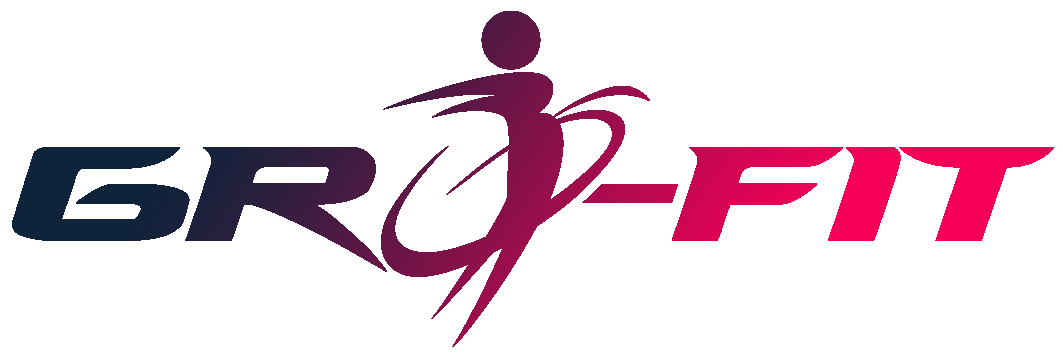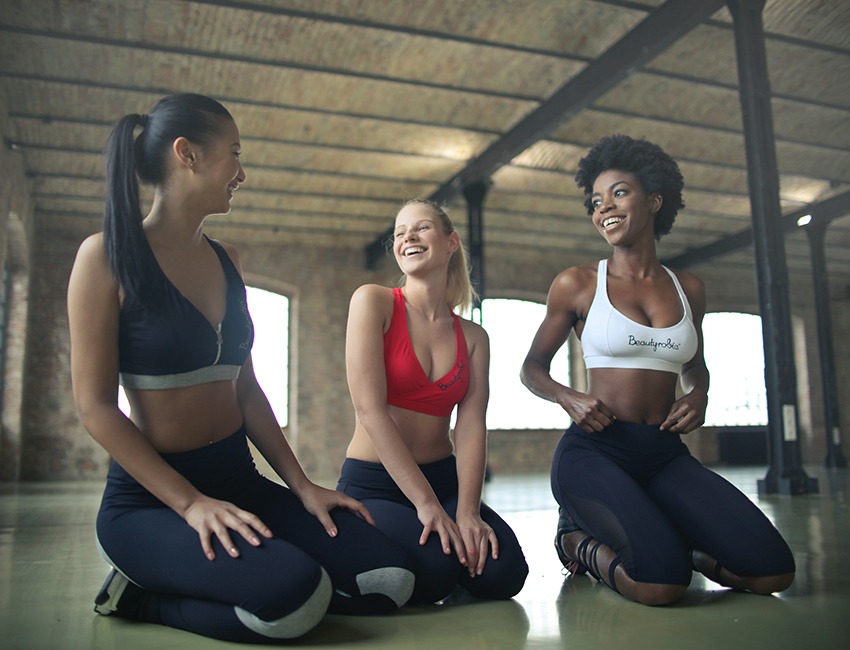Let’s talk about something a little outside the box—but totally life-changing if you’ve ever struggled with chronic tension, pain, or feeling just off in your body. It’s called Rolfing (yes, really), and no, it’s not a fancy kind of massage or the name of a new Pilates class.
Rolfing, also known as Structural Integration, is a unique hands-on therapy that helps you realign your body, improve movement, and release long-held patterns of tension. It’s been around since the 1940s, and while it’s not exactly mainstream, it’s built a loyal following among athletes, dancers, and people who are tired of just “getting by” with their body pain.
If you’ve ever felt like traditional massage only scratches the surface or if you’re dealing with recurring aches and misalignments, this might be the modality you’ve been waiting for.
Let’s break it all down, step-by-step.
A Quick History Lesson: Who Was Ida Rolf?
So, where did this all start?
The method was developed by Dr. Ida Rolf, a brilliant biochemist who earned her Ph.D. from Columbia University in the 1920s. She worked at the Rockefeller Institute, dove deep into alternative healing methods like yoga and osteopathy, and became fascinated by one big question: What if our pain is more about alignment than just the muscles themselves?
Dr. Rolf believed that chronic pain, poor posture, and restricted movement were caused by long-term imbalances in the body—many of which were made worse by gravity and how we adapt to injury and emotional stress over time.
She created a method of bodywork that would “organize the body in relation to gravity” by lengthening and repositioning the body’s connective tissue (called fascia). This system became the foundation for what we now call Rolfing.
Okay, So What Is Rolfing, Exactly?
Imagine a therapy that goes beyond massage—way beyond.
Rolfing typically involves a series of sessions (often ten) that are focused, structured, and highly individualized. A certified Rolfer uses hands-on manipulation—often both deep and superficial—to lengthen and reorganize your fascia, which is the connective tissue that holds everything together.
Why fascia? Because when it gets tight or tangled from injury, stress, or bad posture, it can pull your body out of alignment. Think of it like a bedsheet that’s bunched up in one corner—Rolfing helps smooth it back out so your whole system works better.
Sessions often include guided movement prompts to help you become more aware of how you move, stand, and hold yourself. The idea is to train your body to support itself better, not just temporarily relieve tension.
Rolfing vs. Massage: What’s the Difference?
Great question—and this is where Rolfing really stands out.
| Rolfing | Massage |
|---|---|
| Focuses on posture, structure, and long-term change | Focuses on short-term relief and relaxation |
| Works on deep patterns in the fascia | Targets muscles and surface-level tension |
| Often involves a 10-session system | Typically offered as one-off or recurring sessions |
| May involve mild discomfort during realignment | Usually feels soothing and relaxing |
While massage feels amazing (and has its place!), Rolfing is more like bodywork with a long-term vision. Many clients say they feel taller, lighter, and more “in their body” after just a few sessions.
Why Try Rolfing? The Benefits Might Surprise You
The effects of Rolfing go well beyond posture. Here’s what clients—and even some clinical studies—have reported:
1. Improved Posture and Movement
- Increased range of motion
- Less slouching or leaning
- More ease and efficiency in daily movement
2. Relief from Chronic Pain
- Reduced lower back pain, neck tension, and joint discomfort
- Support for repetitive stress injuries like carpal tunnel
- Decreased spinal curvature in some cases
3. Neurological & Emotional Wellbeing
- Greater body awareness
- Enhanced connection between body and emotions
- Some clients even report emotional release during sessions
Ida Rolf once said, “The amazing psychological changes that appeared in Rolfed individuals were completely unexpected.” That’s because fascia holds not only tension—but sometimes, unprocessed emotion.
But Does It Hurt? (And Other Real Talk)
Let’s be real: Rolfing isn’t always gentle. Some parts can be intense or even uncomfortable, especially if your fascia is very restricted.
But here’s the difference: it’s purposeful discomfort, not just pressing hard for the sake of it. Rolfers are trained to work with your limits and communicate throughout the process. It’s not about “no pain, no gain”—it’s about meaningful, lasting change in how your body supports you.
Who Is Rolfing For?
Rolfing can be beneficial for:
- People with chronic pain or postural imbalances
- Athletes and performers looking to improve movement efficiency
- Desk workers struggling with alignment and stiffness
- Anyone recovering from injury or trauma
- People on a personal growth journey, physically or emotionally
It’s a powerful tool for both the physical and emotional body, especially if you’ve tried everything else and still feel like something’s “off.”
How to Find a Certified Rolfer
If you’re curious about trying Rolfing, make sure to work with someone certified by the Rolf Institute (now known as the Dr. Ida Rolf Institute) in Boulder, Colorado.
You can search their official directory here:
👉 Find a Certified Rolfer Near You
Final Thoughts: Should You Try It?
If you’re ready to stop just treating symptoms and start working with your body on a deeper level, Rolfing is worth exploring. It’s not a magic fix—but it can unlock parts of yourself (literally and emotionally) that you didn’t realize were holding you back.
So if you’ve been feeling like you’re walking around in someone else’s body—or stuck in patterns that just won’t budge—maybe it’s time to realign from the inside out.
You’ve got this. 💪


